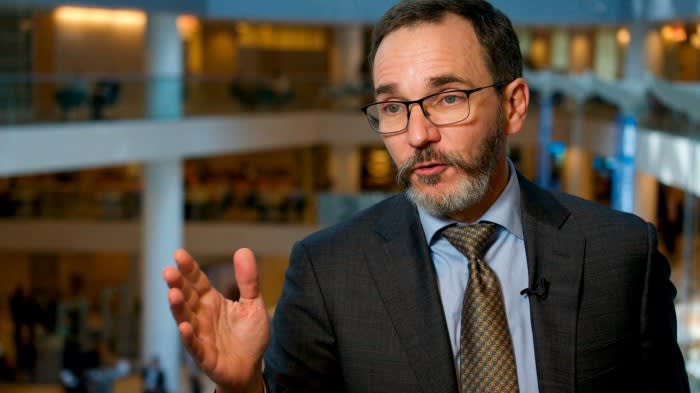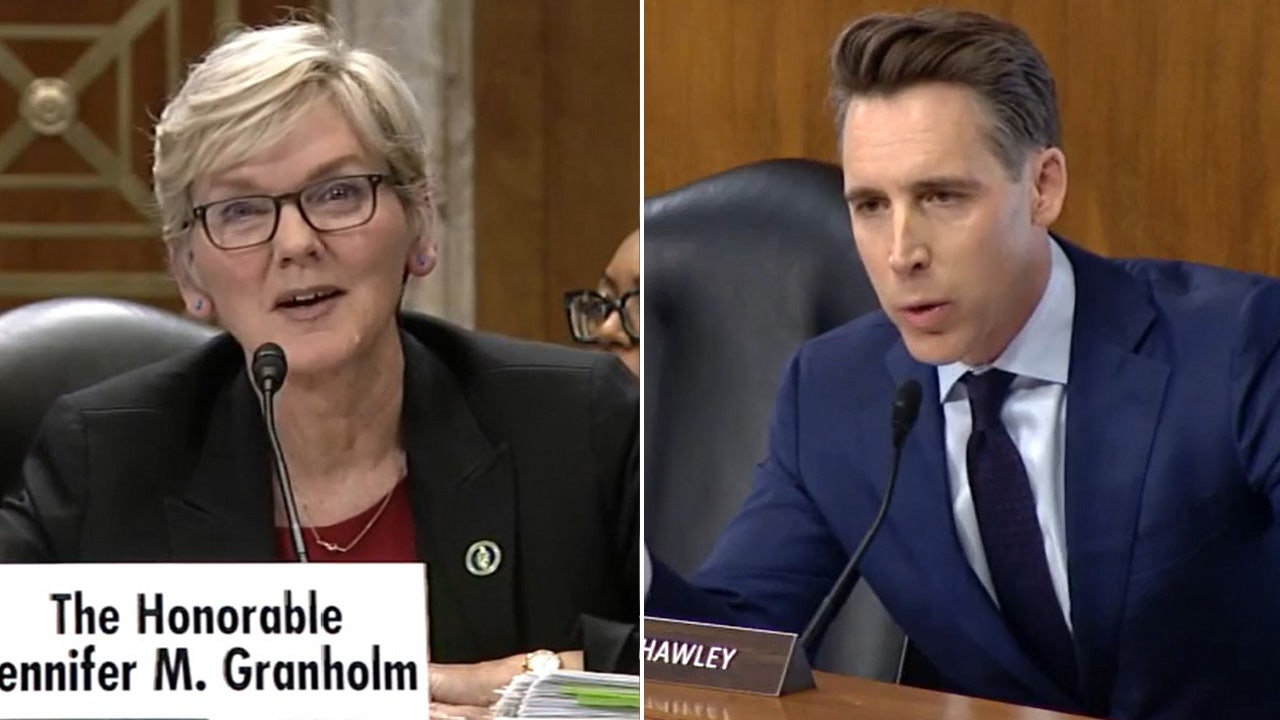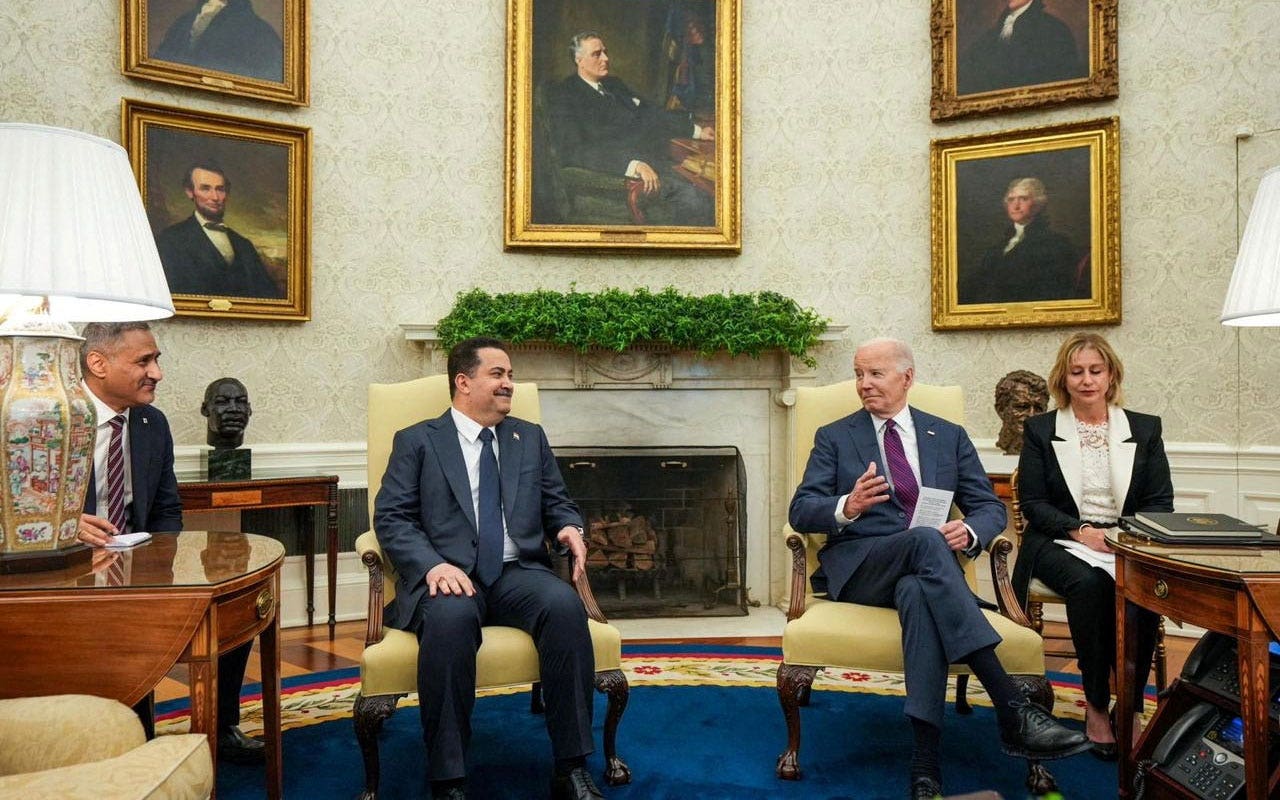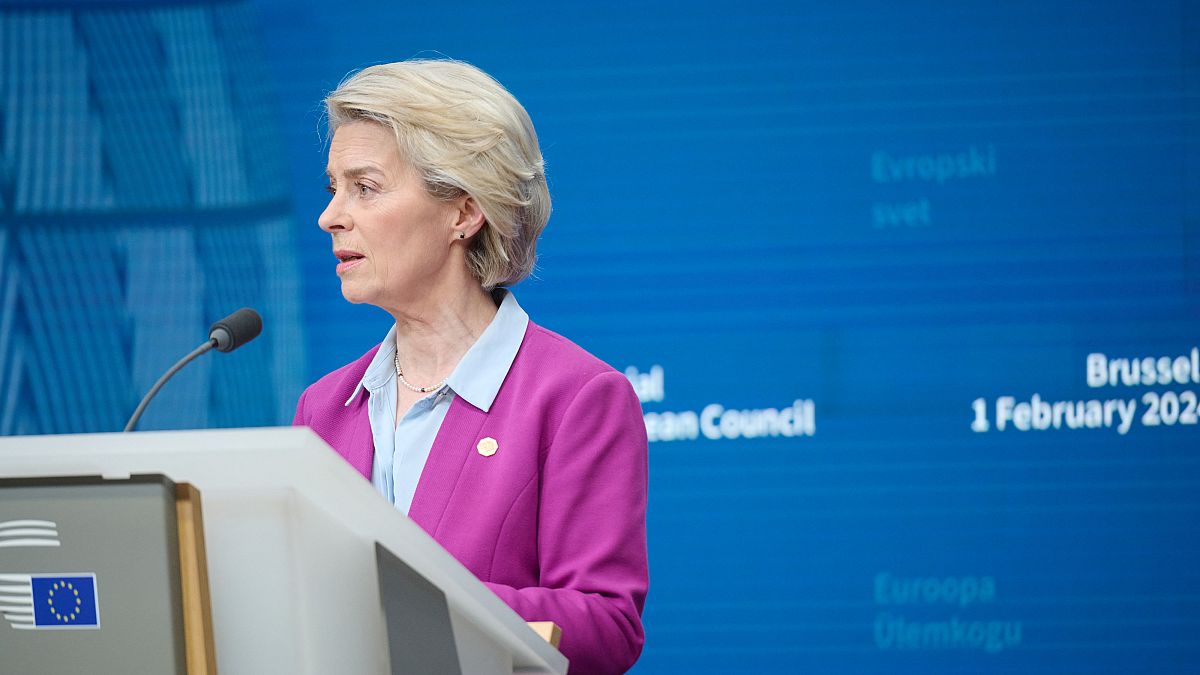WASHINGTON — Coal miners will be better protected from poisonous silica dust that has contributed to the premature deaths of thousands of mine workers from a respiratory ailment commonly known as black lung disease, the Labor Department said Tuesday as it issued a new federal rule on miners’ safety.
The final rule, announced by Acting Labor Secretary Julie Su, cuts by half the permissible exposure limit for crystalline silica for an eight-hour shift.
Mine workers, community advocates and elected officials from Appalachian states have pushed for the stricter rule, noting that health problems have grown in recent years as miners dig through more layers of rock to gain access to coal seams when deposits closer to the surface have long been tapped. The increased drilling generates deadly silica dust and has caused severe forms of pneumoconiosis, better known as black lung disease, even among younger miners, some in their 30s and 40s.
“It is unconscionable that our nation’s miners have worked without adequate protection from silica dust despite it being a known health hazard for decades,” Su said Tuesday. “Today, we’re making it clear that no job should be a death sentence, and every worker has the right to come home healthy and safe at the end of the day.”
In Central Appalachia, an estimated one in five tenured coal miners has black lung disease. The condition reduces life expectancy by an average of 12 years and makes it a “struggle to get through a phone call or play with their grandkids without losing their breath,” Su said in a speech in Uniontown, Pennsylvania, where she appeared with Cecil Roberts, president of the United Mine Workers of America, and other union leaders.
“For too long, we accepted this as just the way things are for people who work in mines,” Su said. “They’ve had to work without the same protections from silica dust that people in other industries have, even though we’ve known about the harms of silica dust since Frances Perkins,” who was labor secretary in the 1930s and 1940s.
The election-year rule shows “what it looks like to have the most pro-worker, pro-union president in history,” Su said, a political comment referring to Democratic President Joe Biden.
Rebecca Shelton, director of policy at the Appalachian Citizens Law Center, which pressed for stricter rules to protect miners, said the group was reviewing the rule to ensure regulators from the Mine Safety and Health Administration accounted for comments by health professionals, attorneys and miners who have worked on the rule for years.
“There are too many lives at stake to get this wrong, and we’ll do whatever we can to ensure that this rule provides the protection that miners deserve,” Shelton said.
Democratic senators from Ohio, West Virginia, Pennsylvania and Virginia hailed the new rule, saying it will be essential in safeguarding miners.
A spokesman for the National Mining Association said the group was reviewing the rule but supports the lower limits. The mining lobby has pushed to allow use of administrative controls and personal protective equipment to meet safety standards. “Unfortunately, those recommendations were not included in the final rule,″ said spokesman Conor Bernstein.
Vonda Robinson, whose husband, John, was diagnosed with black lung a decade ago at age 47, said she’s felt hopeful as officials considered the rule changes. But she was skeptical how the rule will be enforced.
Robinson, who lives in rural Nickelsville, Virginia, near the Tennessee line, said the mine safety office does not have enough staff or resources to adequately protect workers and their families.
“You can have rules, but until you back it up with enforcement, it’s not going to mean anything,” she said in an interview. “If they’re going to put out these rulings, you need to hire more people.”
The White House requested a $50 million increase to the mine safety office’s budget for the current year, most of which would have been for more inspectors and enforcement. Congress rejected it, keeping the budget at the 2023 level of $388 million.
Vonda Robinson said her husband struggles every day. John Robinson worked in the mines for almost three decades. Two years ago, the couple met with a physician about a lung transplant.
“Until you see it and live with it, you don’t understand,” Vonda Robinson said. “And knowing what we’re looking at now — miners being diagnosed at 32 – they’ll probably never see their children graduate or have grandchildren.”
The Labor Department rule lowers the permissible exposure limit of respirable crystalline silica to 50 micrograms per cubic meter of air for a full-shift exposure, calculated as an 8-hour average. If a miner’s exposure exceeds the limit, mine operators must take immediate corrective actions.
The rule is in line with exposure levels imposed by the Occupational Safety and Health Administration on construction and other non-mining industries. And it’s the standard the Centers for Disease Control and Prevention was recommending as far back as 1974.
The Labor Department began studying silica and its impact on workers’ health nearly a century ago, but the focus on stopping exposure in the workplace largely bypassed coal miners. Instead, regulations centered on coal dust, a separate hazard created by crushing or pulverizing coal rock that also contributes to black lung.
In the decades since, silica dust has become a major problem as Appalachian miners cut through layers of sandstone to reach less accessible coal seams in mountaintop mines where coal closer to the surface has long been tapped. Silica dust is 20 times more toxic than coal dust and causes severe forms of black lung disease after even a few years of exposure.
___
Willingham reported from Charleston, West Virginia.



























